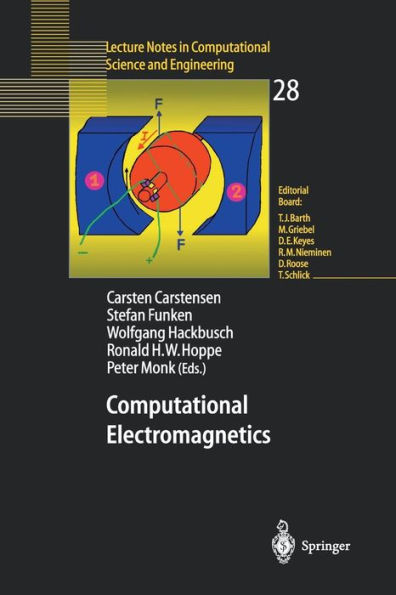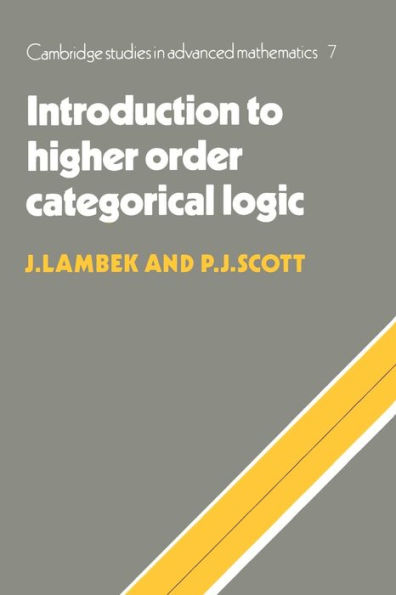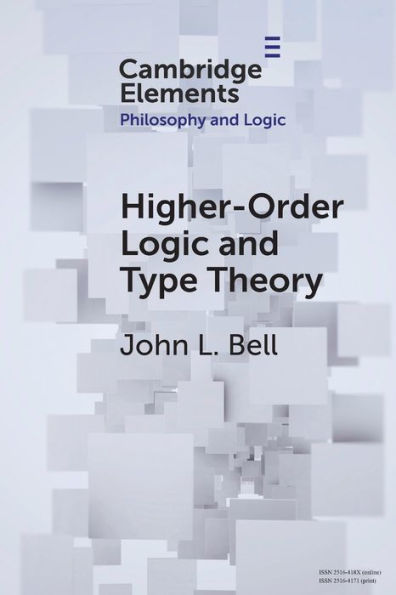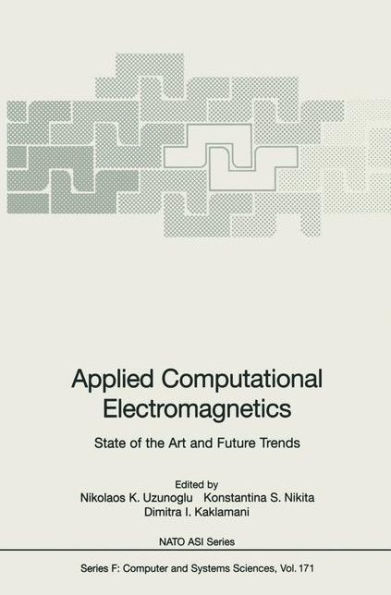Home
Higher-Order Techniques in Computational Electromagnetics
Barnes and Noble
Higher-Order Techniques in Computational Electromagnetics
Current price: $105.00
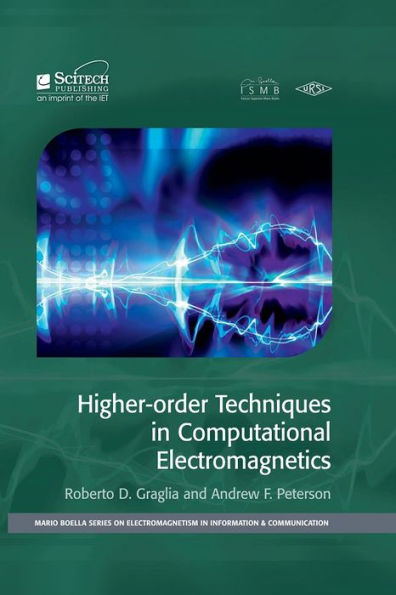

Barnes and Noble
Higher-Order Techniques in Computational Electromagnetics
Current price: $105.00
Size: OS
Loading Inventory...
*Product information may vary - to confirm product availability, pricing, shipping and return information please contact Barnes and Noble
Improvements in the accuracy, computational cost, and reliability of computational techniques for high-frequency electromagnetics (including antennas, microwave devices and radar scattering applications) can be achieved through the use of 'high-order' techniques. This book outlines these techniques by presenting high-order basis functions, explaining their use, and illustrating their performance. The specific basis functions under consideration were developed by the authors, and include scalar and vector functions for use with equations such as the vector Helmholtz equation and the electric field integral equation.
The book starts by considering the approximation of scalar functions, and explores the error in some of those representations. Singular functions (those that are unbounded) are also considered, since these often arise in practical EM problems. The authors then discuss the approximation of vector functions, and summarize the various classes of vector basis functions that have been used by the professional community. Following this, they present higher-order basis functions for the most common cell shapes used in finite element analysis procedures. Finally, they consider some of the implementation details associated with the use of these functions for integral equation/method of moments formulations and differential equation/finite element method approaches.
This book provides an essential introduction to these techniques for researchers, graduate students and practicing professionals in the discipline of computational electromagnetics.
The book starts by considering the approximation of scalar functions, and explores the error in some of those representations. Singular functions (those that are unbounded) are also considered, since these often arise in practical EM problems. The authors then discuss the approximation of vector functions, and summarize the various classes of vector basis functions that have been used by the professional community. Following this, they present higher-order basis functions for the most common cell shapes used in finite element analysis procedures. Finally, they consider some of the implementation details associated with the use of these functions for integral equation/method of moments formulations and differential equation/finite element method approaches.
This book provides an essential introduction to these techniques for researchers, graduate students and practicing professionals in the discipline of computational electromagnetics.



